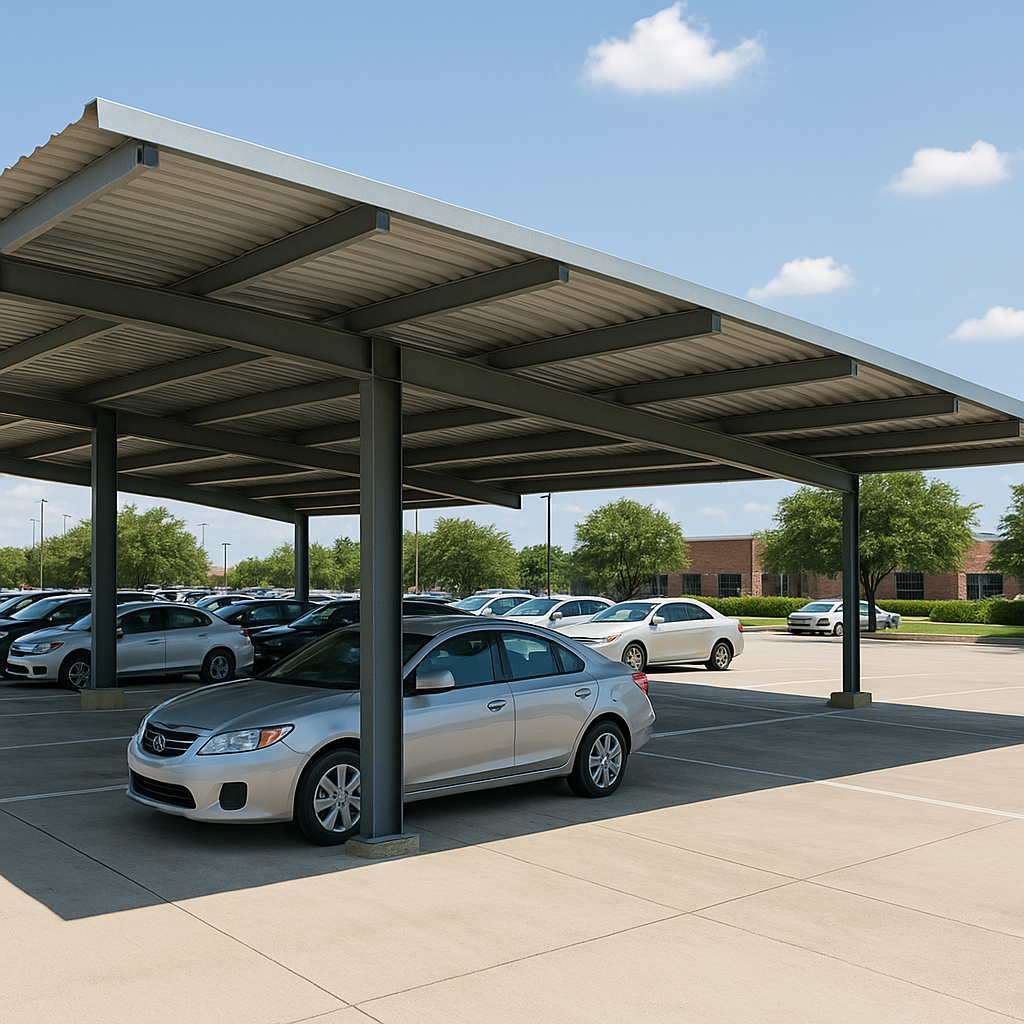Humidity and Heat can be deadly hazards in many workplaces. At the beginning of any hot season, employers and workers should review their safety plans to reduce the risks of heat stress, dehydration, and other heat-related illnesses.

This article explores why humidity makes heat so dangerous, how to recognize and manage the risks, and what practical steps employers and employees can take to keep everyone safe.
- Understanding the Danger: Why Humidity and Heat Are a Risky Combo
- Identifying Heat Stress Symptoms in High Humidity
- Risk Assessment: Evaluating Humidity and Heat in the Workplace
- Practical Controls to Reduce Humidity and Heat Hazards
- Hydration: The Simple Yet Critical Defense
- Training and Safety Culture for Humidity and Heat Management
- Emergency Preparedness: Responding to Heat Illnesses
- Indoor Workplaces: Don’t Overlook Humidity and Heat Risks
- Regulatory Guidance and Best Practices
- Promoting a Proactive Approach to Humidity and Heat Safety
- Conclusion: Prioritize Humidity and Heat Safety Today
Understanding the Danger: Why Humidity and Heat Are a Risky Combo
Humidity doesn’t just make you uncomfortable—it stops sweat from evaporating effectively. When your body can’t cool itself properly, your core temperature rises. This increases the risk of heat stress, heat exhaustion, and life-threatening heat stroke.
High humidity can:
- Make air feel hotter than it is (high heat index).
- Reduce the effectiveness of sweating as a cooling mechanism.
- Increase fatigue and reduce concentration, making accidents more likely.
- Cause dangerous dehydration if fluids aren’t replaced.
Industries especially at risk include construction, agriculture, oil and gas, manufacturing facilities without climate control, and even indoor workplaces like kitchens or laundries.
For more on humidity’s effect on heat stress, see CDC Heat Stress (DoFollow link).
Identifying Heat Stress Symptoms in High Humidity
Recognizing early symptoms can save lives. Workers should watch for:
- Excessive sweating that stops suddenly (a bad sign)
- Headache
- Dizziness or confusion
- Muscle cramps
- Nausea or vomiting
- Rapid pulse
Heat stroke—a medical emergency—can cause confusion, seizures, loss of consciousness, and a very high body temperature. Immediate first aid and calling emergency services are critical.

Employers should train workers on these signs, and encourage a speak up culture so workers don’t fear reporting symptoms.
Risk Assessment: Evaluating Humidity and Heat in the Workplace
A thorough risk assessment is essential. This involves:
- Measuring temperature and relative humidity to calculate the heat index.
- Identifying work areas with poor ventilation or radiant heat sources.
- Considering the physical intensity of the work.
- Reviewing shift lengths and break schedules.
Employers should create a heat stress prevention plan that includes monitoring environmental conditions and worker health.
For guidance on conducting a heat risk assessment, see OHSE.ca (DoFollow link).
Practical Controls to Reduce Humidity and Heat Hazards
Eliminating or controlling heat hazards is key. The hierarchy of controls approach can help:

Engineering Controls
- Improve ventilation (fans, open windows, exhaust systems).
- Use air conditioning in enclosed spaces.
- Install shade structures outdoors.
- Reduce radiant heat from machinery by insulating or shielding.
Administrative Controls
- Schedule heavy work for cooler times (early morning, night).
- Rotate workers to limit individual heat exposure.
- Enforce rest breaks in cool or shaded areas.
- Provide acclimatization periods for new or returning workers.
Personal Protective Equipment (PPE)
- Provide breathable, light-colored clothing.
- Consider cooling vests or towels.
- Ensure PPE doesn’t add unnecessary heat burden.
By layering these controls, employers can dramatically reduce risk.
Hydration: The Simple Yet Critical Defense
One of the most effective ways to combat Humidity and Heat hazards is ensuring adequate hydration. Dehydration makes heat stress more likely and more severe. Best practices include:

- Providing cool, clean water close to work areas.
- Encouraging workers to drink small amounts often—about a cup every 15–20 minutes.
- Avoiding caffeinated or alcoholic beverages that increase dehydration risk.
- Educating workers on the signs of dehydration (dry mouth, dark urine, dizziness).
Some companies add electrolyte drinks to replace salts lost through heavy sweating, especially for prolonged, intense work.
Training and Safety Culture for Humidity and Heat Management
Training is essential for making heat safety a shared responsibility. Employers should:
- Teach workers about heat stress hazards and prevention.
- Train supervisors to recognize symptoms and enforce breaks.
- Provide clear instructions on hydration practices.
- Encourage early reporting of symptoms without fear of discipline.
A strong safety culture means workers watch out for themselves and each other. Peer-to-peer reminders can prevent serious outcomes.
Emergency Preparedness: Responding to Heat Illnesses
Even with prevention measures, heat-related incidents can still happen. Employers need an emergency plan that includes:
- Clear procedures for summoning medical help.
- Training on first aid for heat exhaustion and heat stroke.
- Access to cool environments for first aid treatment.
- Maintaining up-to-date worker emergency contact information.
Quick action saves lives. Workers should know:
- Move affected workers to shade or cool areas immediately.
- Remove excess clothing.
- Fan and cool with water or ice packs.
- Call emergency services for signs of heat stroke.
Indoor Workplaces: Don’t Overlook Humidity and Heat Risks
While outdoor work is an obvious risk, Humidity and Heat are also hazards indoors. Kitchens, laundries, foundries, greenhouses, and poorly ventilated warehouses can all trap heat and humidity.
Employers should:
- Install or maintain air conditioning or ventilation.
- Monitor indoor heat index levels.
- Adjust workloads and breaks accordingly.
- Ensure workers are aware of risks even if they’re “indoors.”
Regulatory Guidance and Best Practices
Many jurisdictions require employers to address heat stress. For example:
Employers should check local regulations and ensure compliance. Failing to address Humidity and Heat risks can lead to legal liability, fines, and most importantly—serious worker harm.
Promoting a Proactive Approach to Humidity and Heat Safety
Addressing Humidity and Heat risks requires planning, training, and ongoing vigilance. Employers should:
- Regularly review heat safety plans before hot seasons.
- Engage workers in identifying risks and solutions.
- Invest in engineering and administrative controls.
- Foster a culture that values safety over productivity.
Small changes can save lives—and improve morale and productivity at the same time.
Conclusion: Prioritize Humidity and Heat Safety Today
Humidity and Heat hazards are predictable and preventable. Employers and workers who plan ahead, educate themselves, and take action can reduce the risk of heat stress, dehydration, and deadly heat stroke.
Don’t wait for an incident to happen—review your heat safety procedures now, and stay safe in every season.


No comments yet